In a world where speed and efficiency are key, the Barracuda-250 missile, with its low cost and ability to operate in autonomous teams, is reshaping future military strategies.
War has always been a powerful catalyst for technological development. Today, the rapid development of military weapons shows that the trend is towards simpler and more economical solutions. As modern conflicts increase, the need for weapons that can be mass-produced and produced quickly has also increased. In this context, autonomous missiles, such as the Barracuda-250, have emerged. They are revolutionary not only for their low cost but also for their ability to operate in swarms, a technique that promises to change traditional military strategies. This innovation could reshape the battlefield of the future, providing unprecedented tactical flexibility and the ability to overwhelm enemies.
A New Model: Mass Production
In the arms industry, sophistication has long been synonymous with efficiency. However, recent military confrontations have exposed the limitations of this approach, especially in terms of cost and development time. Missiles such as the Barracuda-250 represent a break with this tradition. Designed for mass production, these autonomous missiles can be produced quickly and economically using standard materials. This solution reduces costs by 30% compared to traditional solutions, while reducing materials by 50% and tooling by 95%.
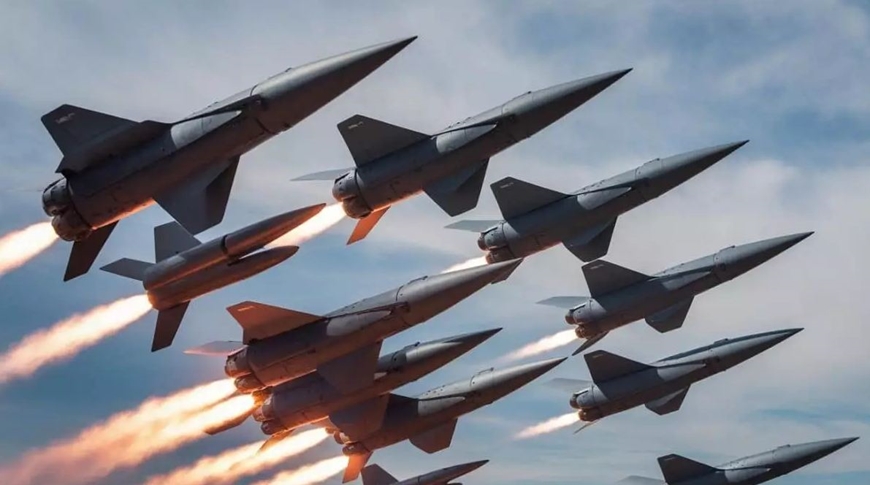 |
The Barracuda-250 missile is one of three versions of the Barracuda missile line produced by the American company Anduril Industries, with a flight range of more than 370km when launched from the air and about 280km when launched from the ground. Photo: innovant.fr |
This industrial approach, inspired by the automobile assembly line, dramatically speeds up production. As a result, militaries can now equip themselves faster and at lower cost, which is crucial in high-intensity conflicts where time is often of the essence.
The Barracuda-250 is not only designed to be cost-effective, but also offers operational flexibility through its modularity. This allows for rapid adaptation to a variety of missions and platforms, be it air, land or sea. This represents a paradigm shift in modern weaponry, where speed and flexibility take precedence over technological complexity.
Autonomy is at the heart of military strategy
Autonomous missiles like the Barracuda-250 incorporate advanced artificial intelligence (AI) technology, allowing them to operate almost autonomously. This means they can navigate, identify and attack targets without constant human supervision. Thanks to sophisticated algorithms, these missiles can choose the most suitable target and the optimal time to attack.
This autonomy is especially beneficial in complex combat environments where decisions must be made in real time. Barracuda missiles can adjust their trajectory and change their mission depending on changing ground conditions. This greatly improves their effectiveness, especially when operating in swarms. These missiles can destroy enemy defenses, making countermeasures less effective.
Integrating AI into these weapons systems represents a major technological leap forward. It not only allows for optimized attacks, but also saves manpower and material resources, making these operations more sustainable in the long run. This ability to act autonomously could reshape future military strategies.
Missile Swarm: A Saturation Strategy
Saturation of an enemy is a bold military strategy based on overwhelming an opponent’s defenses with a large number of simultaneous attacks. Missiles like the Barracuda-250, when operating in swarms, fit perfectly into this approach. Thanks to AI, these “swarms” can cooperate with each other to maximize the impact of their attacks.
By working in concert, missiles can target multiple strategic points at once, rendering the enemy defense system inoperable. This strategy goes beyond simply attacking a single target, but seeks to disorient and exhaust the enemy’s resources. This is an effective method of creating unsustainable pressure on the enemy, thereby increasing the chances of success of military operations.
The preemptive strike capability of these swarm missiles is due to their impressive range, which can exceed 900km depending on the version. This allows them to strike distant targets while remaining out of reach of traditional defense systems. This new dimension in military strategy could change the way conflicts are resolved in the future.
The challenge of rapid production
One of the key advantages of the Barracuda missile is its ability to be produced quickly and in large numbers. This speed of production is essential to meet the urgent needs of modern conflicts, where time and resource availability can determine the outcome of a war.
The manufacturing techniques used for these rockets were inspired by the automotive industry's assembly lines, speeding up the process without requiring new investment. The materials used are standard and easily accessible, reducing supply times and costs.
This industrial approach not only enables rapid response to the needs of the armed forces, but also makes it easy to adapt to changes in combat situations. The ability to mass produce missiles without compromising on quality or performance is a major advantage for modern militaries, which face increasingly complex and diverse threats.
PHUONG LINH (according to innovant.fr)
* Readers are invited to visit the World Military section to see related news and articles.
Source: https://baodaknong.vn/ten-lua-barracuda-250-dinh-hinh-lai-chien-luoc-quan-su-trong-tuong-lai-243624.html








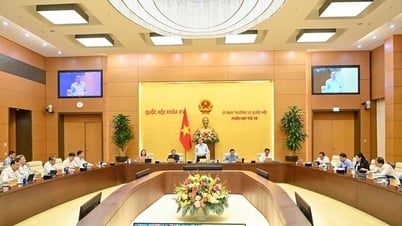




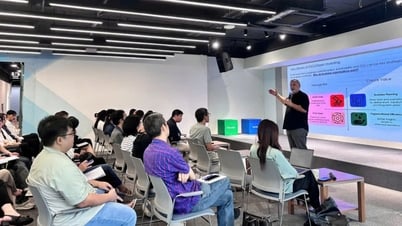





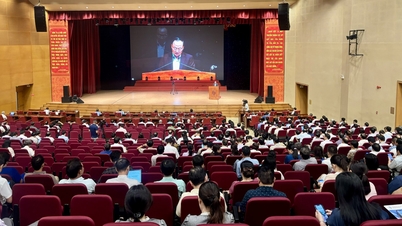



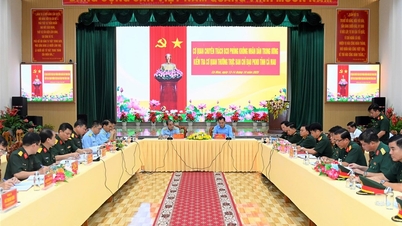





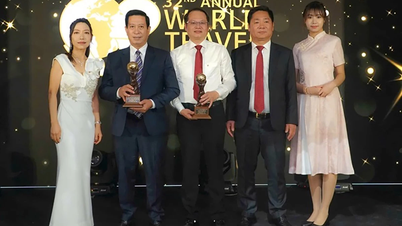

















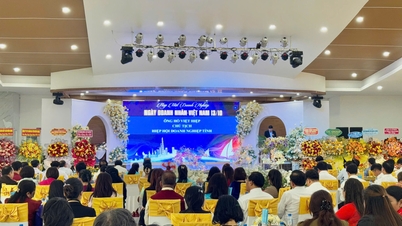

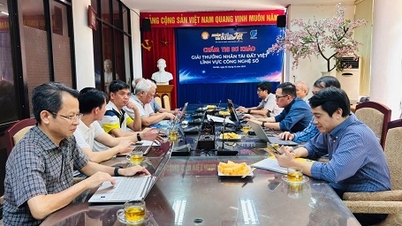



















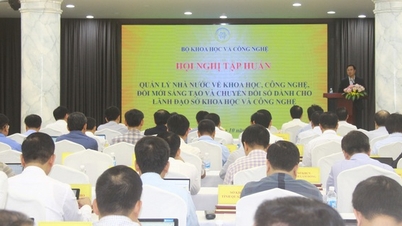



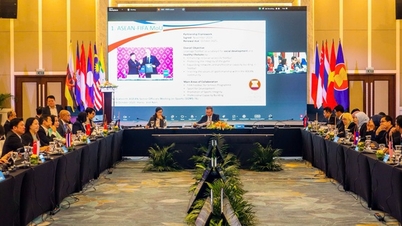
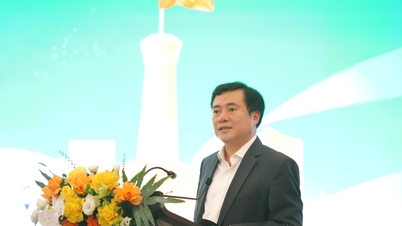
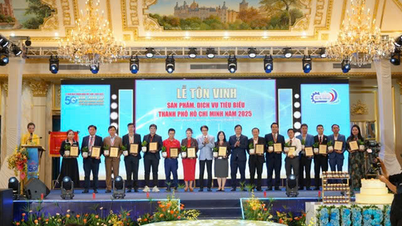







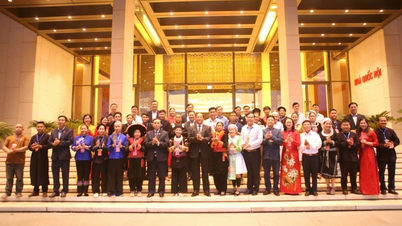
















Comment (0)